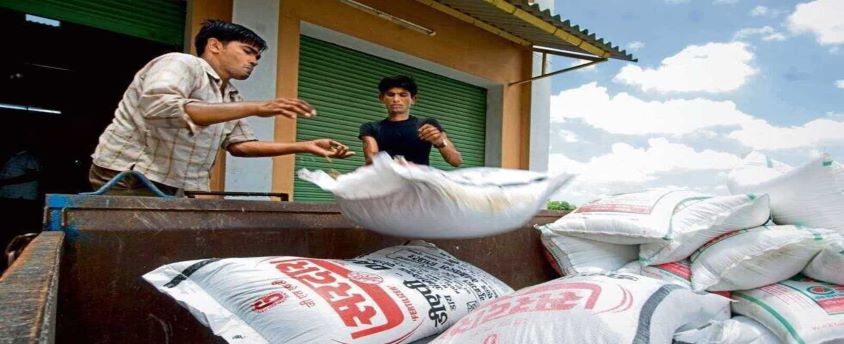Why India needs a fresh Fertilizer Policy?
20, Jan 2023

Prelims level : Economy
Mains level : GS-III Economics - Agriculture and related issues
Why in News?
- The government is expected to come out with a new fertilizer policy.
- A task force to examine the production and promotion of bio-fertilizer and organic fertilizers has already been set up under the NITI Aayog.
How much fertilizer does India consume?
- Total consumption of fertilizers between April and mid-December 2022 was 40.146 million metric tonnes (mmt), with production of 32.076 mmt and imports of 12.839 mmt.
- The gap between demand and production is met through timely imports.
How is fertilizers availability monitored?
- Some steps undertaken by the government to improve the availability of fertilizers include:
- Assessment of state-wise requirements every month;
- 100% neem coating of urea, which increases nutrient efficiency;
- Monitoring of crop yield and soil health; and
- Online monitoring of the movement of fertilizers through the integrated Fertilizer Monitoring System.
Impact of the current policy
- Heavy subsidies: This has prompted many farmers to use chemical fertilizers like urea, which leads to higher productivity, but affects soil fertility in the long run.
- Excessive and inefficient use of fertilizers: This leads to nutrient losses to the environment and could also result in drinking water contamination and impact human lives as a result of unsafe storage practices, as per a UN report.
- Emission causing: With the subsidy being released directly to companies, technology-inefficient companies are being protected causing carbon emission.
- While attempts have been made to reform the fertilizer policy, they had to be rolled back after pressure from various quarters.
Trend in government expenditure:
- Food subsidy: The government has spiked spending on food, fertilizer and fuel subsidy by nearly 70%.
- Increased expenditure: For 2023-24, the fertilizer ministry might seek budgetary support of ₹2.5 trillion subsidy – outgo for FY23 has already crossed ₹2 trillion.
- Increased import bill: Russia being a major exporter of liquefied natural gas -critical input for manufacturing of urea – has also led to higher prices.
Steps taken in 2022:
- Implementation of DBT: The department of fertilizers disbursed subsidies for urea and nutrient-based subsidy, and implemented direct benefit transfer.
- One Nation One Fertilizers Scheme: It also implemented the ONOF scheme which aims to ensure timely supply of fertilizers.
- Model fertilizer retail outlets: The existing village, block/sub district/taluk and district level fertilizer retail outlets are being converted into model fertilizer retail outlets.
Way forward:
- Promoting local fertilizers: Lower duty on imported phosphoric acid to raise the competitiveness of local fertilizer manufactures, and an incentive for promoting organic fertilizers, could be proposed.
- Bio-fertilizer and organic fertilizers: A task force on bio-fertilizer and organic fertilizers has already been set up under NITI Aayog.
- Curbing hefty subsidies: Considering the long-term interests of agriculture and the effects of using inorganic fertilizers, saving a huge amount on account of subsidy support is a step in the right direction.






